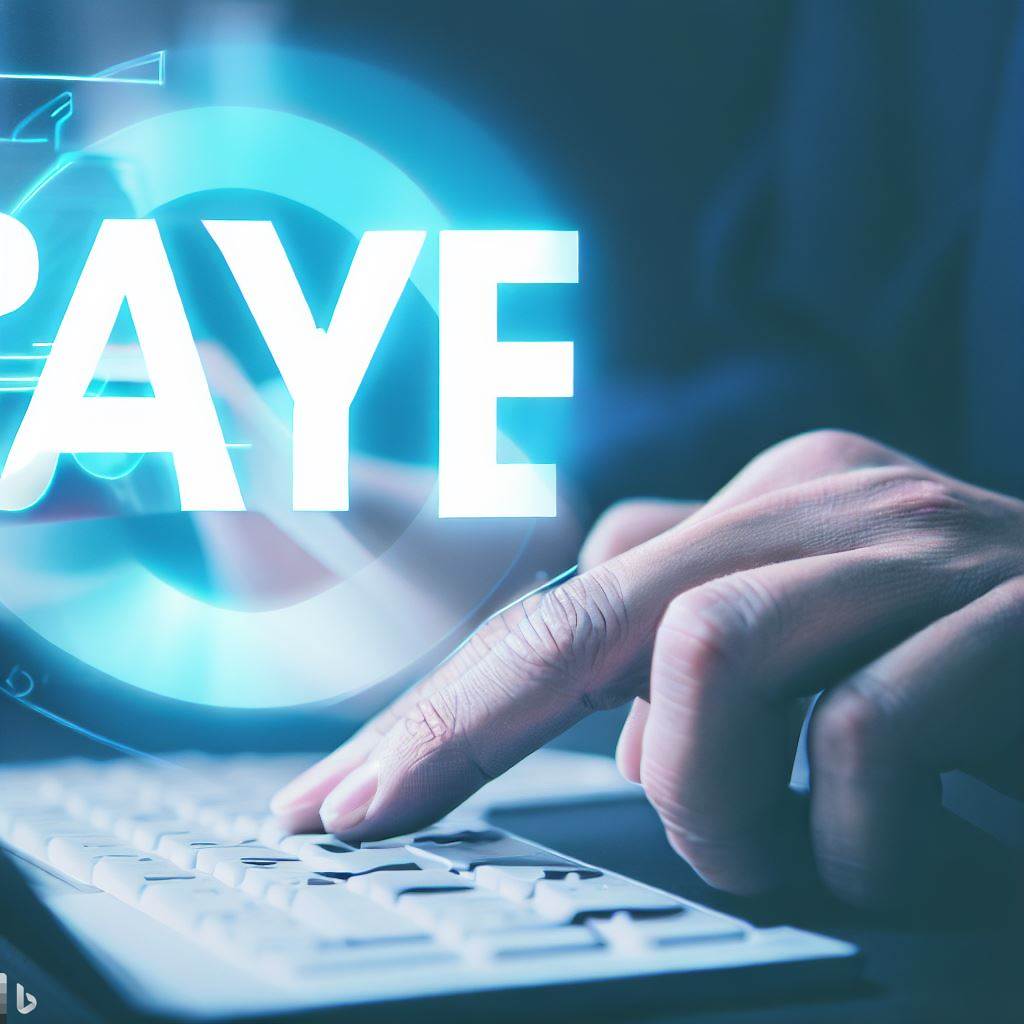
Nowadays, making PAYE online payment is becoming the norm, and it offers plenty of perks. In the digital age, many of us are seeking ways to streamline our processes and tasks. This includes our financial obligations, and for UK employers, PAYE (Pay As You Earn) is one of those key responsibilities. However, the idea of paying taxes online might seem daunting to some.
Not to worry – this comprehensive guide is here to demystify the process of paying your PAYE online. We’ll walk you through the steps, highlight important security aspects, and show you how making this digital shift can save you time and potentially help you avoid any late tax payment penalties. So, sit back, relax, and let’s dive into the world of online tax payments.
Understanding PAYE
PAYE is a system used by HM Revenue and Customs (HMRC) to collect Income Tax and National Insurance from employment. As an employer, you utilize the PAYE system to deduct these amounts from your employees’ wages or occupational pension before paying them their salary. Sounds pretty straightforward, right? Now, let’s talk about the growing trend of paying PAYE online.
The Importance of Online PAYE Payments
We live in a digital age, and it’s high time payroll management caught up. The ability to pay PAYE online has become crucial for UK employers. Why, you ask? Simply put, it’s about efficiency, accuracy, and convenience. Digital payroll solutions reduce paperwork, minimize human error, and offer flexibility in how and when you make your payments. It’s a win-win situation!
Getting Started with PAYE Online Payments
Before you can start paying PAYE online, you need to register for PAYE online for employers. It’s a fairly straightforward process, and once you’re signed up, you can access the PAYE Online for employers service. This platform gives you all the tools you need to manage PAYE payments effectively and keep track of what you owe.
How to Make PAYE Online Payments
So, you’re all signed up and ready to dive into the world of PAYE online payments. Great! But how do you actually make a payment? Here’s a step-by-step guide:
- Log into your PAYE Online for employers account.
- Navigate to the ‘Make a payment’ section.
- Enter the required details, including the amount you’re paying, the payment period, and the tax year.
- Choose your preferred payment method (Direct Debit, Bacs, debit or credit card, etc.)
- Confirm your payment and keep a record of the transaction ID.
Voila! You’ve just made a PAYE online payment.
Ensuring Compliance with PAYE Online Payments
Compliance is key when it comes to paying paye online. Remember, HMRC doesn’t take kindly to late payments, so always ensure you pay on time to avoid penalties. Using digital tools to track and manage your payments can make this process easier and less stressful. Trust me, it’s worth it!
Troubleshooting PAYE Online Payment Issues
Every now and then, you might run into some issues with paying paye online. Whether it’s a technical glitch or a problem with your bank, don’t panic. Many common problems can be resolved by contacting the HMRC helpline or your bank.
Conclusion
So, there you have it – a crash course on navigating PAYE online payment. Embracing digital payroll processes isn’t just about keeping up with the times; it’s about optimizing your workflow, ensuring compliance, and making your life as an employer that little bit easier.
Final word
If you’ve found this article helpful, why not pass it on to other employers? Sharing is caring, after all. And if you want more handy tips and insights on UK tax laws and digital payroll solutions, don’t forget to subscribe!
FAQs
- What is PAYE? PAYE, or Pay As You Earn, is a system used by HMRC to collect Income Tax and National Insurance from employment.
- How can I pay paye online? You need to register for PAYE online for employers and use the PAYE Online for employers service to make payments.
- What payment methods can I use for PAYE online payment? You can use several methods, including Direct Debit, Bacs, and debit or credit cards.
Remember, being an employer involves more than just hiring people. It’s about staying on top of your responsibilities, including payroll management and tax obligations.
